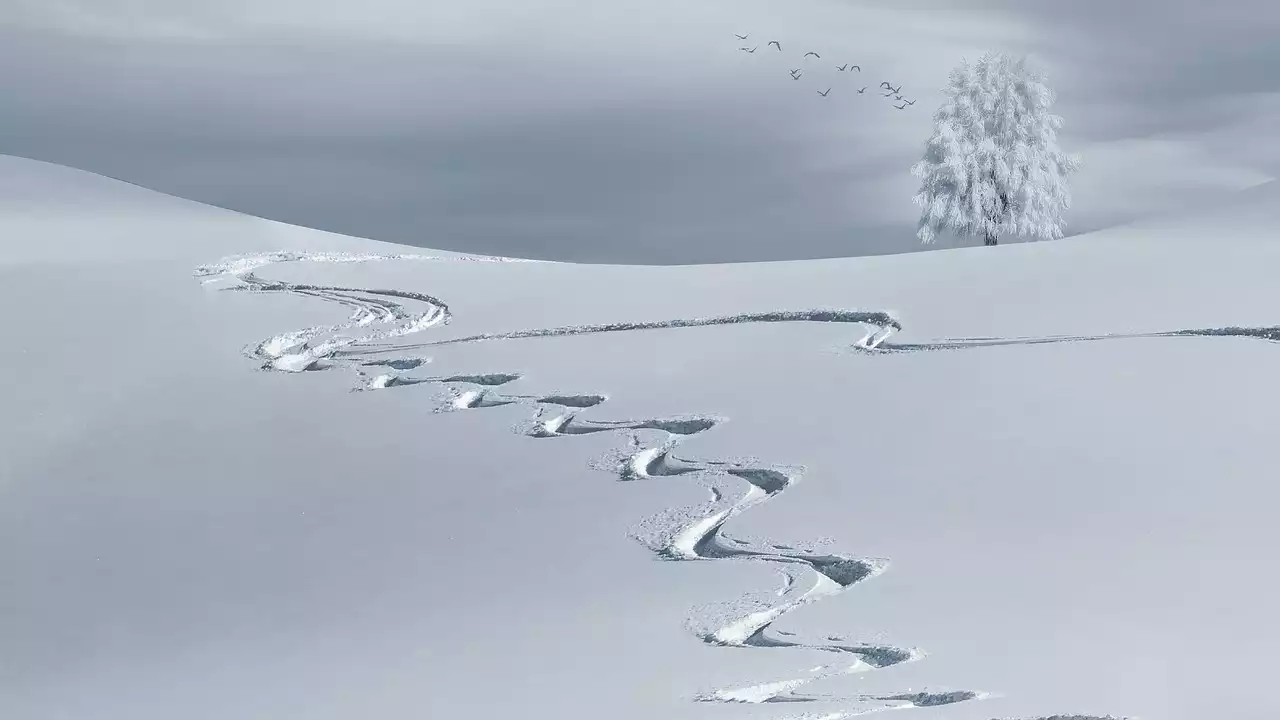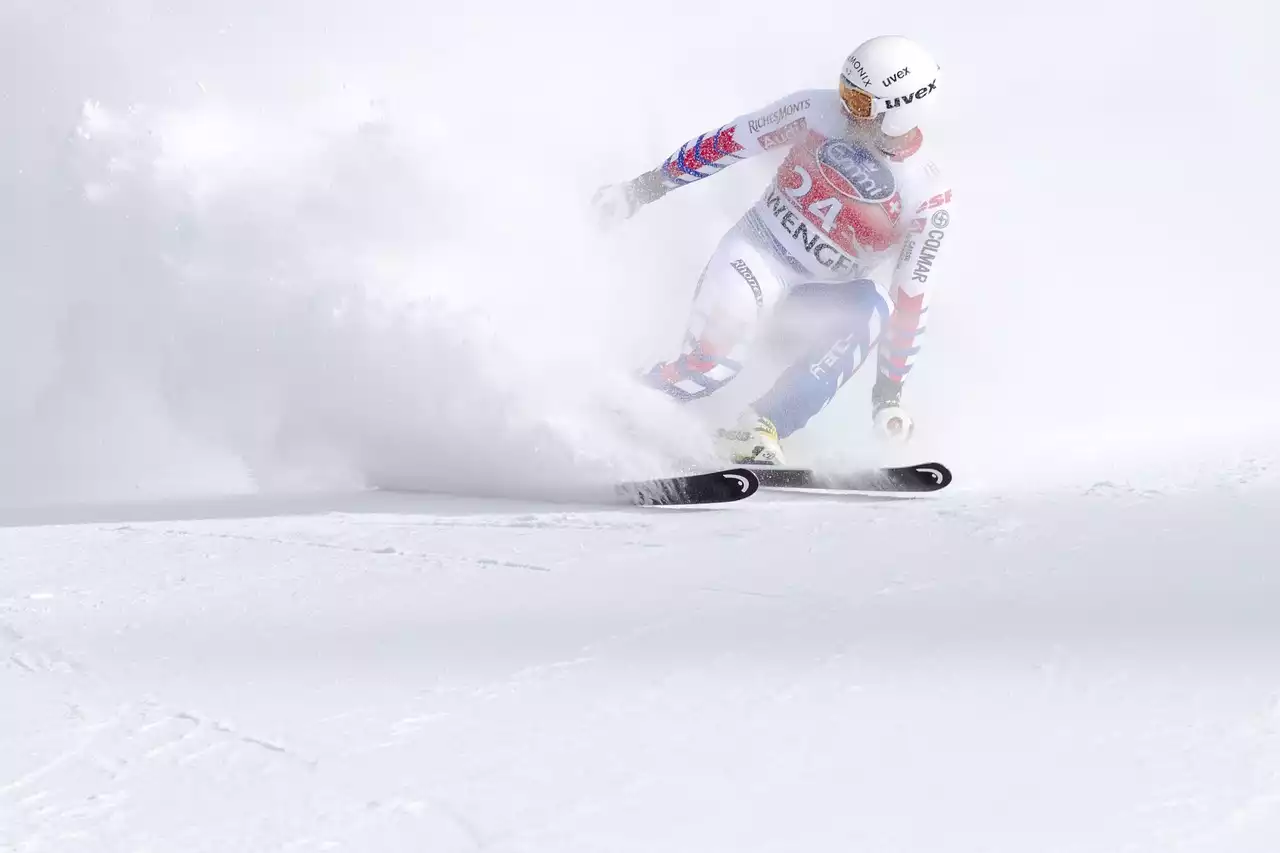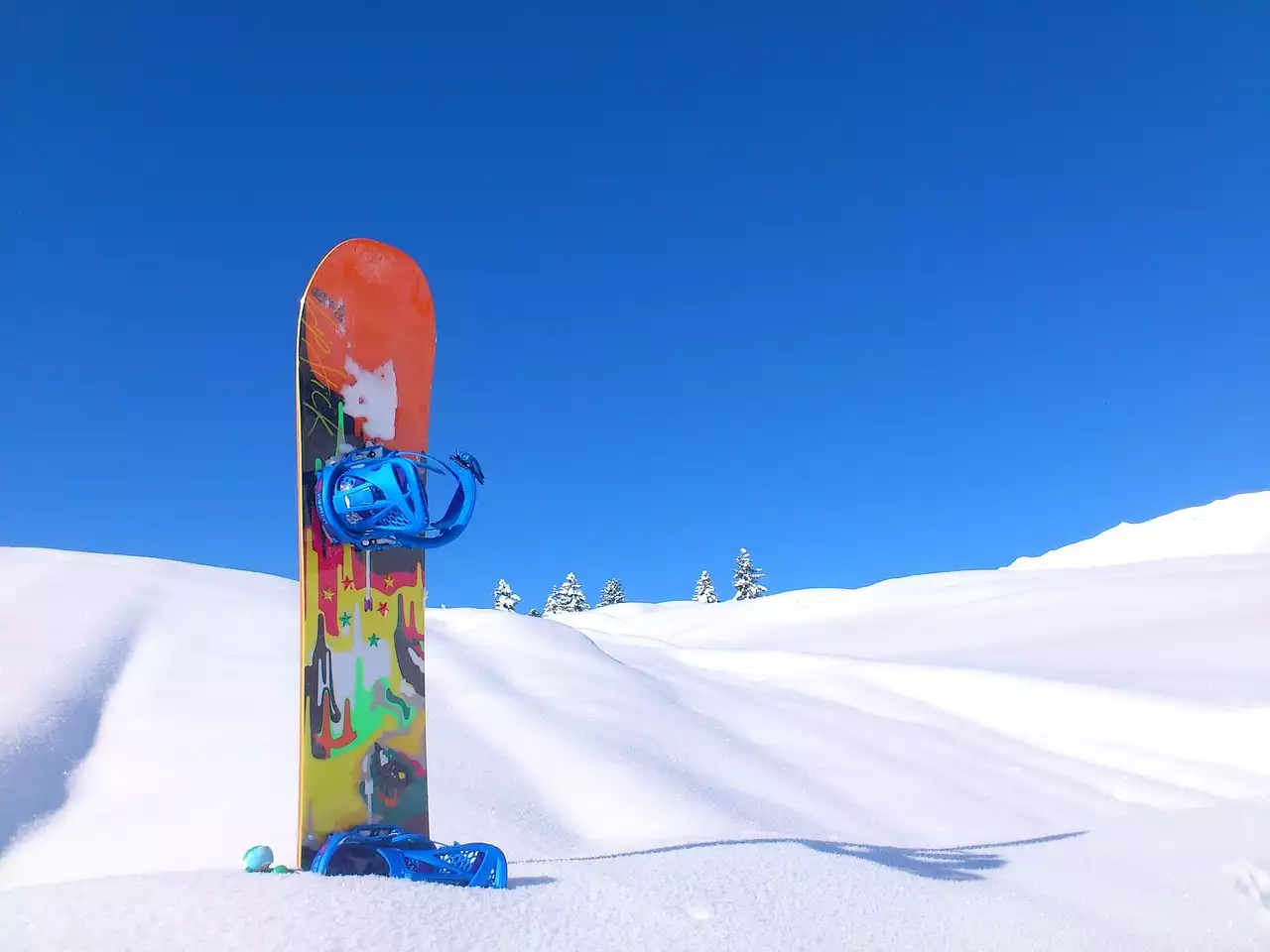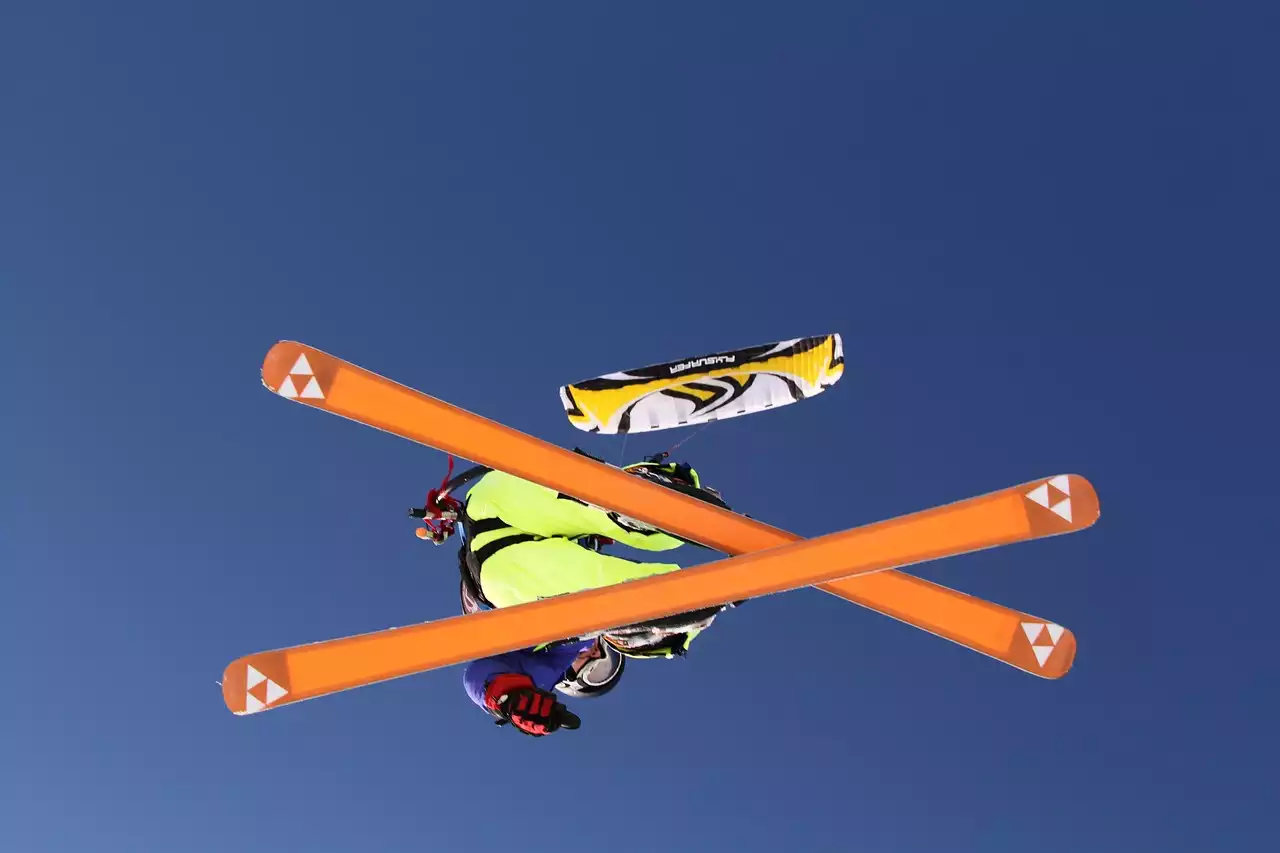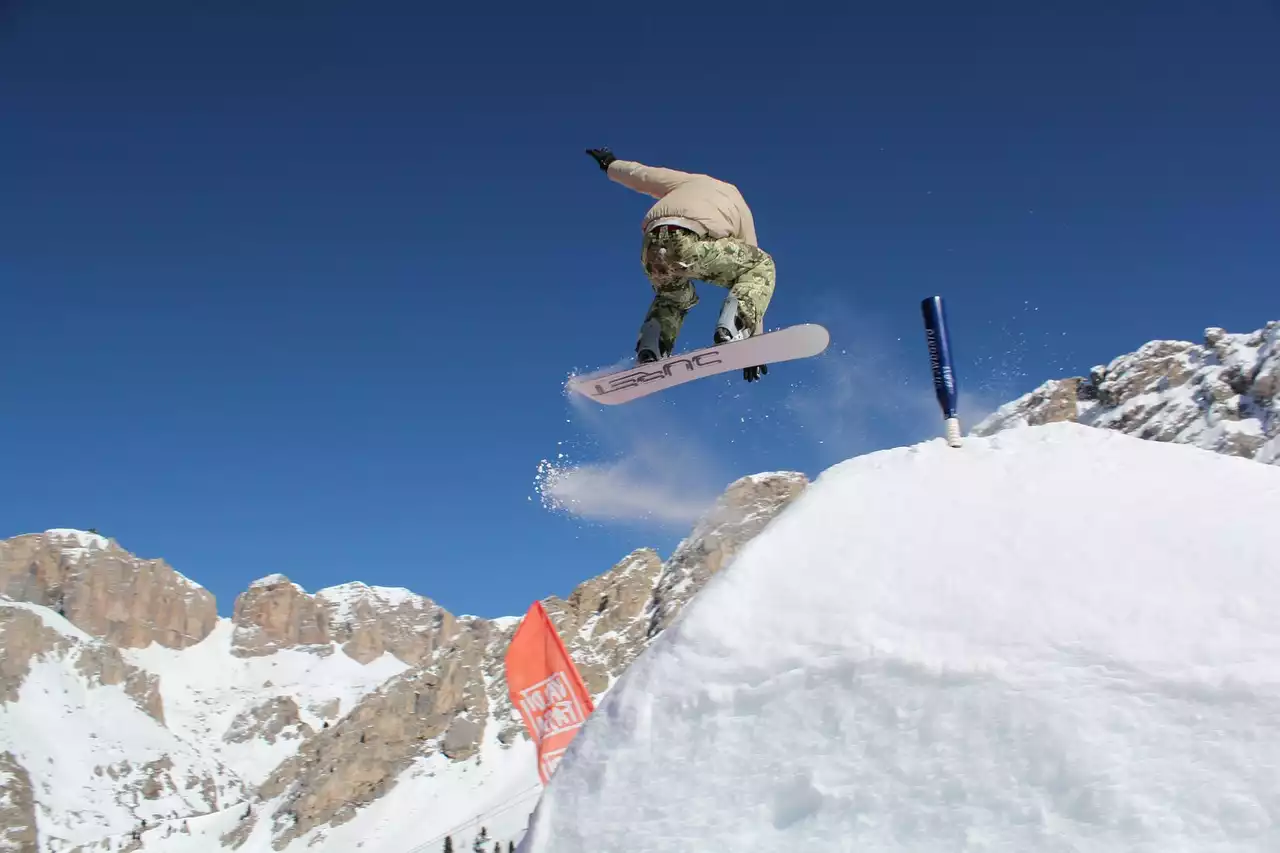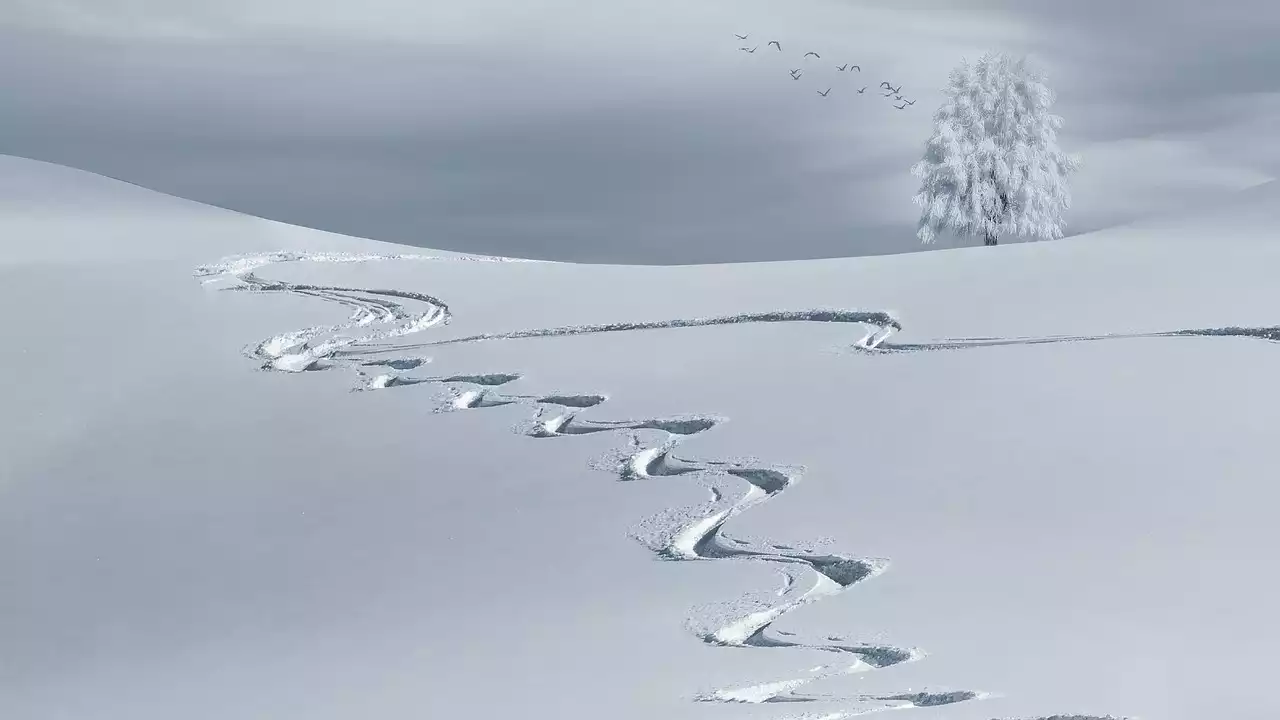The History of Big Mountain Skiing
Big mountain skiing has a rich history that dates back to the early 20th century. It was first introduced as an extreme sport in the 1930s when skiers began to venture off-piste and ski down steep and challenging terrain. However, it wasn't until the 1970s that big mountain skiing became a popular sport with the introduction of the first extreme skiing competition.
The first extreme skiing competition was held in 1978 in Valdez, Alaska, and it attracted some of the best skiers in the world. The competition consisted of skiing down steep and unmarked terrain, with the winner being the skier who completed the course first. Since then, big mountain skiing has grown in popularity and has become a popular sport for thrill-seekers all over the world.
The Thrill of Big Mountain Skiing
Big mountain skiing is all about pushing the limits and experiencing the thrill of skiing down steep and challenging terrain. It's an adrenaline-fueled experience that requires a combination of skill, courage, and mental fortitude. The feeling of skiing down a steep and untouched mountain face is like no other, and it's a feeling that can't be replicated by any other sport.
One of the biggest thrills of big mountain skiing is the sense of freedom it offers. When you're skiing down a mountain face, you're completely in control of your own destiny. You're not confined to a track or a slope, and you're free to explore the mountain and ski wherever your heart desires.
Another thrill of big mountain skiing is the sense of achievement that comes with conquering a challenging mountain face. It takes skill and courage to ski down a steep and challenging mountain face, and when you reach the bottom, you feel a real sense of accomplishment.
The Dangers of Big Mountain Skiing
Big mountain skiing is an extreme sport, and it comes with its fair share of risks. Skiing down steep and challenging terrain can be dangerous, and skiers need to be aware of the risks before they embark on a big mountain skiing adventure.
One of the biggest dangers of big mountain skiing is avalanches. Avalanches can happen at any time, and they can be triggered by skiers or natural causes. Skiers need to be aware of the signs of an avalanche and have the necessary equipment to survive if one occurs.
Another danger of big mountain skiing is the risk of injury. Skiing down steep and challenging terrain can be physically demanding, and skiers need to be in good physical condition to avoid injury. Even the most experienced skiers can suffer injuries, so it's important to take the necessary precautions and wear the appropriate safety gear.
Equipment Needed for Big Mountain Skiing
Big mountain skiing requires specialized equipment to ensure the safety and comfort of the skier. Here is a list of the essential equipment needed for a big mountain skiing adventure:
Skis: Big mountain skis are wider and stiffer than regular skis, which makes them more stable and easier to maneuver in deep snow and on steep terrain.
Boots: Big mountain ski boots are stiffer and provide more support than regular ski boots. They also have features such as heat-moldable liners and adjustable cuffs to ensure a perfect fit.
Bindings: Big mountain ski bindings need to be able to handle the stresses of skiing down steep and challenging terrain. They need to provide a secure connection between the skier and the ski and be able to release quickly in the event of a fall.
Helmet: A helmet is essential for big mountain skiing. It provides protection for the head in the event of a fall or collision.
Avalanche Safety Gear: Avalanche safety gear includes a transceiver, shovel, and probe. These tools are essential for surviving an avalanche and can mean the difference between life and death.
Preparing for a Big Mountain Skiing Adventure
Preparing for a big mountain skiing adventure requires careful planning and preparation. Here are some tips to help you prepare for your big mountain skiing adventure:
Get in Shape: Big mountain skiing is physically demanding, and it's important to be in good physical condition before embarking on a big mountain skiing adventure.
Start a training program several months before your trip to ensure you're in peak physical condition.
Choose the Right Location: Choose a location that's suitable for your skill level and experience. If you're a beginner, choose a location with easier terrain and less challenging conditions.
Hire a Guide: Hiring a guide is a good idea if you're not familiar with the area or if you're a beginner. A guide can show you the best terrain and provide valuable advice on skiing technique and safety.
Check the Weather: Check the weather forecast before your trip and be prepared for changing conditions. Dress in layers and bring extra gear in case the weather changes.
Best Locations for Big Mountain Skiing
There are many great locations for big mountain skiing all over the world. Here are some of the best locations for big mountain skiing:
Chamonix, France: Chamonix is home to some of the most challenging and iconic ski runs in the world. It's a popular destination for experienced skiers who want to test their skills on steep and challenging terrain.
Jackson Hole, Wyoming: Jackson Hole is known for its steep and challenging terrain and deep snow. It's a popular destination for advanced skiers who want to push the limits and experience the thrill of big mountain skiing.
Whistler, British Columbia: Whistler is one of the largest ski resorts in North America and offers a wide range of terrain for skiers of all levels. It's a popular destination for big mountain skiing due to its challenging terrain and deep snow.
Verbier, Switzerland: Verbier is a popular destination for big mountain skiing due to its challenging terrain and stunning mountain views. It's a popular destination for advanced skiers who want to push the limits and experience the thrill of big mountain skiing.
Famous Big Mountain Skiing Routes
There are many famous big mountain skiing routes all over the world. Here are some of the most famous big mountain skiing routes:
The Haute Route, France/Switzerland: The Haute Route is a legendary ski tour that takes skiers from Chamonix, France to Zermatt, Switzerland. The route covers over 100 miles and takes skiers across glaciers and high mountain passes.
Corbet's Couloir, Wyoming: Corbet's Couloir is one of the most famous ski runs in the world. It's a steep and challenging run that requires skiers to jump off a cliff to access the run.
The Vallée Blanche, France: The Vallée Blanche is a legendary ski run that takes skiers across a glacier and through stunning alpine scenery. The run is over 13 miles long and requires advanced skiing skills.
The La Grave, France: The La Grave is a challenging ski resort that offers steep and challenging terrain for advanced skiers. It's a popular destination for big mountain skiing due to its challenging terrain and deep snow.
Tips for Skiing in Big Mountains
Skiing in big mountains requires skill, courage, and a love for the mountains. Here are some tips to help you ski in big mountains:
Stay Focused: Skiing in big mountains requires focus and concentration. Stay focused on your technique and be aware of your surroundings at all times.
Control Your Speed: Skiing down steep and challenging terrain can be dangerous if you're going too fast. Control your speed and stay in control at all times.
Take Breaks: Skiing in big mountains can be physically demanding, and it's important to take breaks and rest when needed.
Ski with a Buddy: Skiing with a buddy is always a good idea when skiing in big mountains. It provides an extra level of safety and can be more enjoyable than skiing alone.
Have Fun: Skiing in big mountains is a thrilling and exhilarating experience. Remember to have fun and enjoy the experience.
